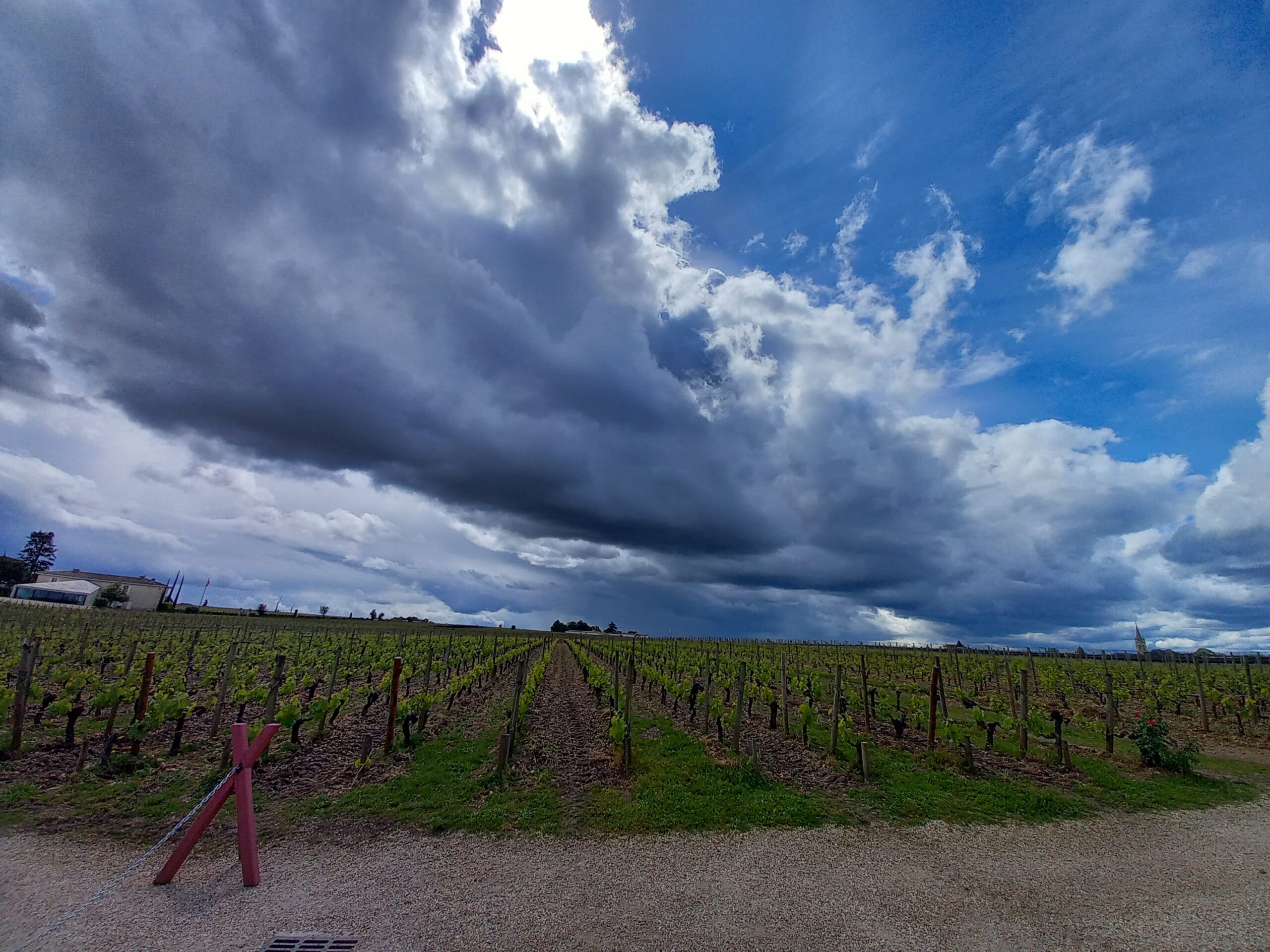
Chateau Lafleur 2023 Primeurs
Bordeaux Primeurs week ended on a particularly high note for me with an unexpected invitation from Chateau Lafleur in Pomerol. Even professionals like me do not get invited to chateaux like Lafleur very often, so I thought I would share the experience…
Now the way these en-primeur appointments normally work is ‘Arrive-Taste-Leave’ with a window of 15, maybe 20 minutes before you are politely encouraged to be on your way, with others already lined up to take your place at the tasting counter. But there is nothing normal about Chateau Lafleur, and generosity of welcome is just one of the things that stand out here. My anticipated 15 minutes of fame turned out to be a full 2 hours in wine geek heaven, discussing climatic trends, sustainable vineyard practices, historic clonal variations of Cabernet Franc, and the search for the soul of Bordeaux, all the while sipping a range of six fascinating and outstanding cask samples.
Commercially speaking, Lafleur is an enigma. You could call it the lowest profile of the leading Bordeaux Chateaux, the least famous of the famous, if that wasn’t completely oxymoronic. It certainly exudes an under-the-radar vibe, despite the fact that the market regularly ‘values’ it (by trading prices, at least) higher than Cheval Blanc, Ausone, and all the first growths of the Left Bank. First time I visited, I drove past it three times before understanding that the simple, unassuming building with no signage was actually home to one of the world’s great wines.
Lafleur is also an enigma stylistically speaking. Located right next to Petrus and Le Pin, one might expect full-on opulence, “Pomerol plus plus”. Instead, the Lafleur ’23 immediately projects a dark earthy intensity, with an umami-rich core of roasted meat juices as well as the sort of high cocoa content black chocolate that challenges as much as seduces. But then the wine performs the first of many costume-changes, as top notes of small purple flowers begin to emerge, then exotic orange flower too, constructing a ‘new’ personality that is all floral and fresh. The palate has a soft creamy attack, gaining precision and definition as the graphite-cool tannins and vibrant 2023 acidity frame a long, linear finish, saline and spicy on the aftertaste. As time went on, the wine developed a strong mineral feel, then fruity, then floral again, before the earthiness came back. I ended up with an image of Chateau Rayas meets Northern Rhone Syrah, with Burgundian finesse but also an unmistakable “Atlantic” leafy freshness. Now this might sound like over-analysis for a primeur cask sample, which is by definition a freeze-frame of a moving image. However, I had a similar experience the last time I visited, tasting what should have been a more ‘resolved’ 10 year old Lafleur, but finding this same multiple-personality stylistic super-complexity. This led me to write perhaps my longest ever tasting note, which I will post separately just because a note that long deserves to be recorded somewhere.
Lafleur itself is one of six wines now being made by the Guinaudeau family and their team. “Les Pensées de Lafleur” is not a second wine, rather a specific parcel selection within the Lafleur vineyard, tracing the diagonal line of an ancient riverbed across the estate. The soil here is classic Pomerol clay, and Les Pensées certainly opens with more hedonistic blue fruit opulence than the Lafleur, which comes from more gravelly soils. But again, the wine is a story with many chapters, with minerals and earth finally asserting themselves alongside the fruit. A great wine, but sadly less than 4000 bottles for the world to fight over.
The other 4 wines are made with the same love and care at Chateau Grand Village, Jacques Guinaudeau’s longtime family home in Fronsac. The red Grand Village could easily pass for a high quality Pomerol, apart from its more modest pricing, while the parcel selection “Les Perrières” offers a sleek, saline expression of “Lafleur if only it were on limestone” to complement the clay of Les Pensées and the gravel of Lafleur. And there are two really good whites too : the fresh, mineral-driven Grand Village Blanc, and a cuvée called “Les Champs Libres”, from Sancerre clones of Sauvignon Blanc planted on the clay-limestone plateau above Fronsac. This last wine is perhaps the best dry white I have ever tasted from Bordeaux, somehow reminiscent of Puligny-Montrachet in both texture and style despite its Sauvignon pedigree, the oak invisible, the whole perfectly-balanced, complex and long, magnificent. Hunt these wines down if you can, and be as generous with the time you give them as Omri, Ralitsa and Baptiste were with the time they gave me.


No Comments